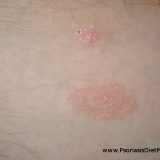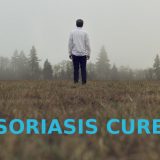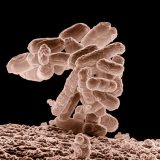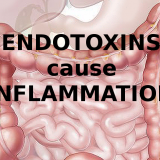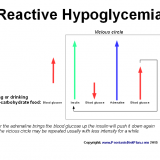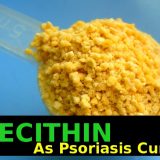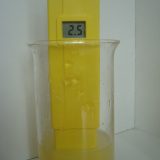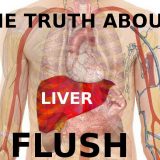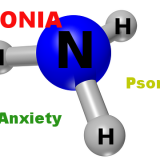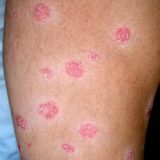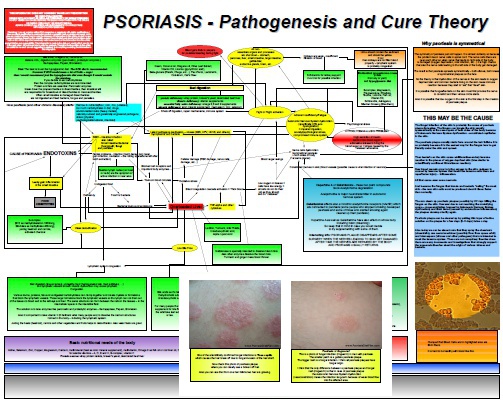Ginger for Psoriasis – Thinner Blood and Improved Insulin Resistance
Ginger is one of the best plants which can dramatically help us improve our health. It is able to act as an antioxidant, thins the blood, improves the insulin resistance which leads to less hypoglycemic episodes and that in turn leads to less adrenaline flowing through our blood. Less adrenaline = less anxiety and less depression which can appear after some time of having too much adrenaline produced in our bodies. Ginger (Zingiber officinale) overview It is not recommended to…


